What to Look for in a Mattress Topper
Sleep is one of the very few human activities that is considered both a necessity and a pleasure, although science has yet to explain why humans and other animals need it; and for a good night’s sleep or even an afternoon siesta, nothing beats having a good mattress combined with a comfortable mattress topper.
A mattress topper, also known as mattress pad, is a removable piece of bedding that usually sits on top of, and in some designs, encases a mattress. It provides protection to both the mattress itself and, in some cases, the sleeping individual, while also providing comfort because of the added cushion and insulation.
However, not all mattress toppers are created equal. Ordinary mattress toppers may be made of materials that may emit harmful chemical fumes. One of the chemicals commonly used in the production of mattress toppers are fire retardants because of the Consumer Product Safety Commission requirement that foams should be able to withstand 30 minutes of being exposed to an open flame. Before 2004, the chemical PentaBDE was used as a fire retardant for mattresses and mattress toppers. It has been banned since because it was proven to be toxic to the thyroid, liver, and nervous system.
Although PentaBDE is not being used anymore, it is unclear which chemicals the manufacturers are using right now just to meet the safety standards. Some companies just won’t divulge, saying they are protecting their trade secrets. So for the safety and peace of mind of the customers, some manufacturers have come up with a line of mattress toppers that are made up of natural materials, thereby eliminating the possibility of inhaling harmful toxins.
These mattress toppers are made using natural latex from tree sap. The foam created using natural tree sap is heavier than synthetic foam so it lasts longer when protected properly. Natural latex foam is biodegradable so encasing it is necessary to delay the onset of the biodegrading process which is accelerated by exposure to the sun and air flow. This is done by encasing the organic mattress latex topper usually with another cloth material like cotton or wool.
An organic later topper, when encased, will usually last more or less 15 years so they are warrantied as such. The cotton or wool encasing not only protects the organic mattress latex topper from degrading but also from staining and tearing as well. All natural content provides freedom from chemical off gassing – peace of mind for healthy sleep.
Natural latex toppers, like their synthetic counterparts, are also available in a variety of thickness and firmness. Choosing the right thickness and firmness is a personal preference depending on the person’s weight and his normal sleeping position. The most commonly bought organic latex topper is the 2 inch model with a medium firmness. For the side sleepers there’s the 3 inch model organic mattress latex topper that offers just the right thickness appropriate for those sleeping positions. The retailers will be more than happy to assist the customer in choosing the right mattress topper.


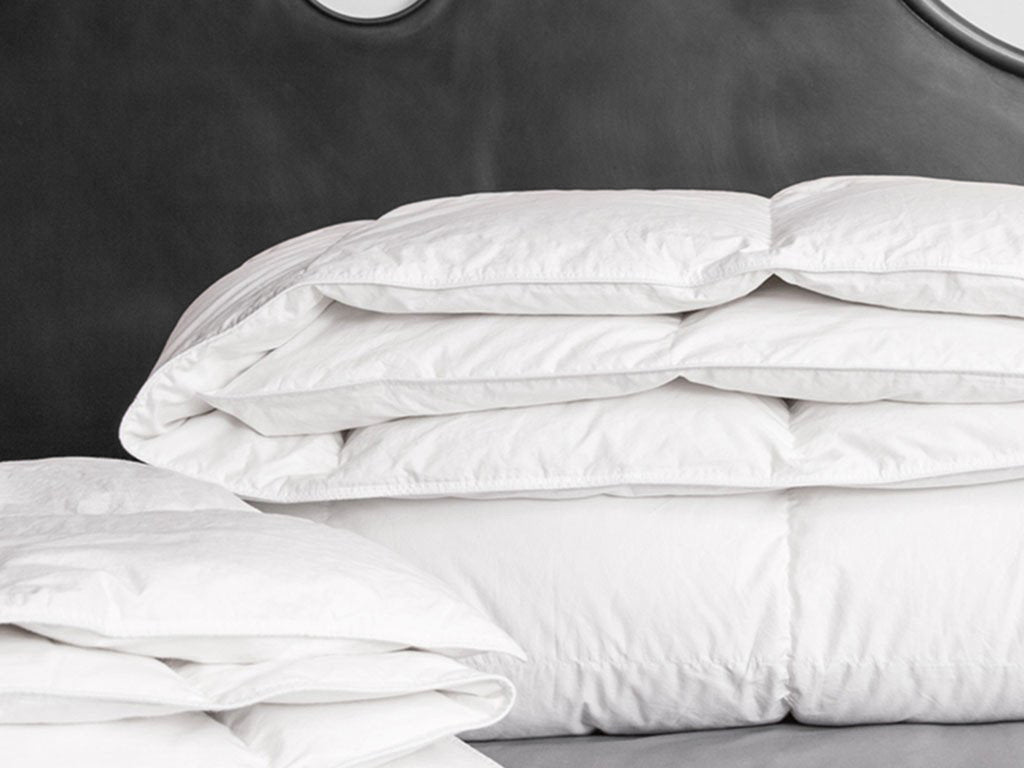
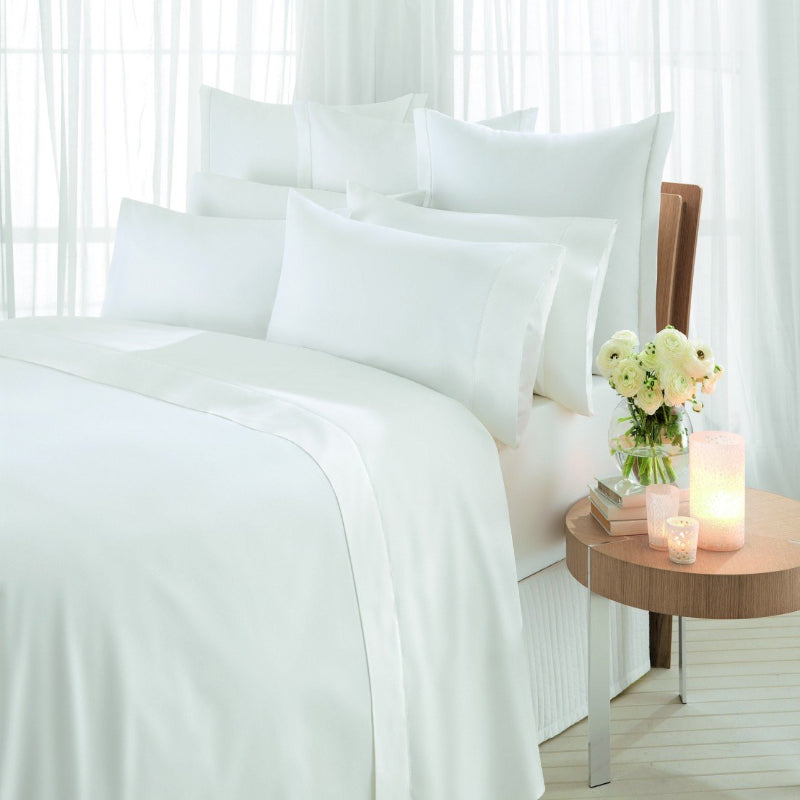
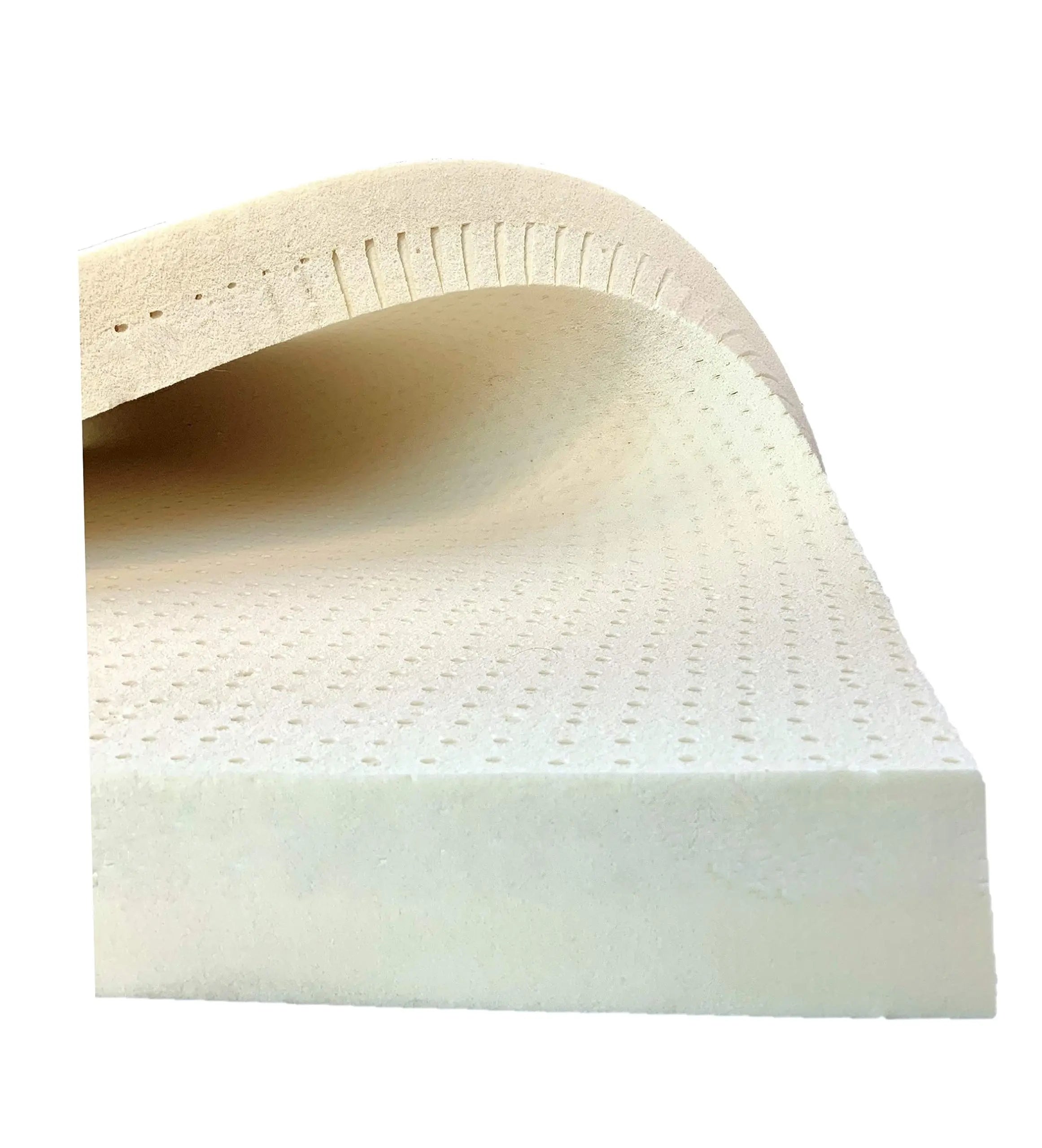
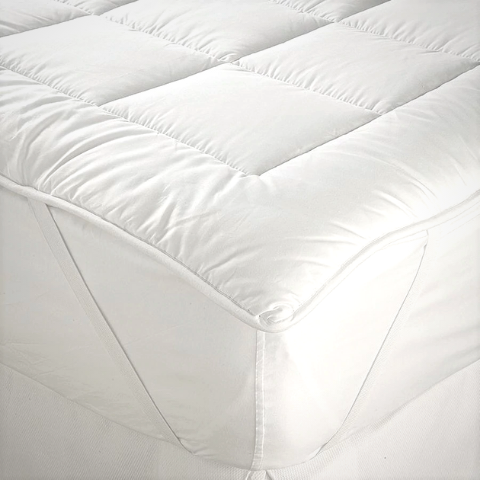
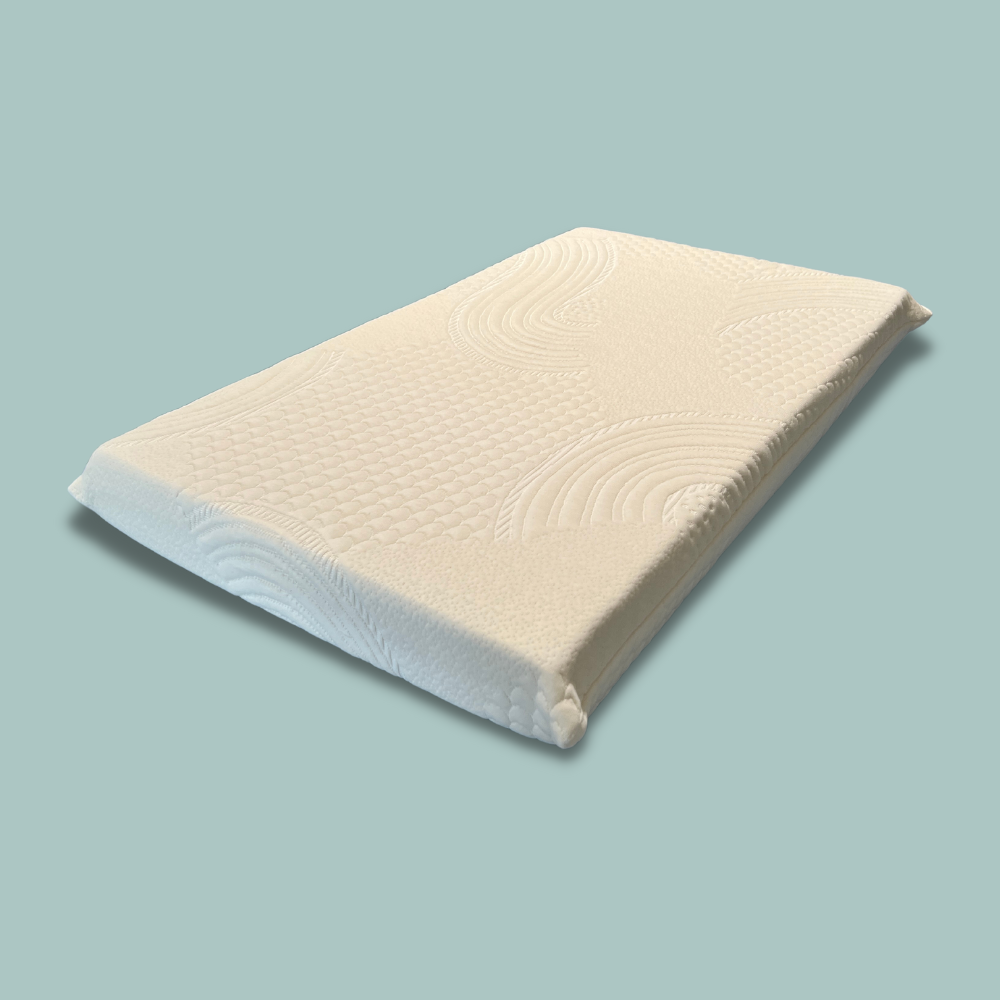
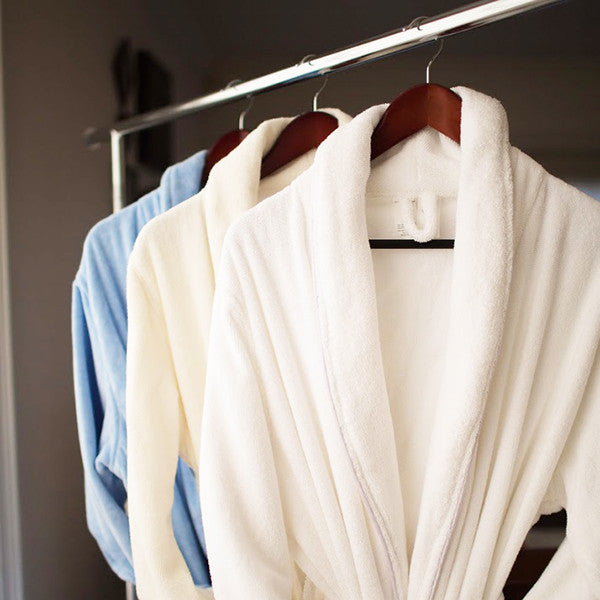
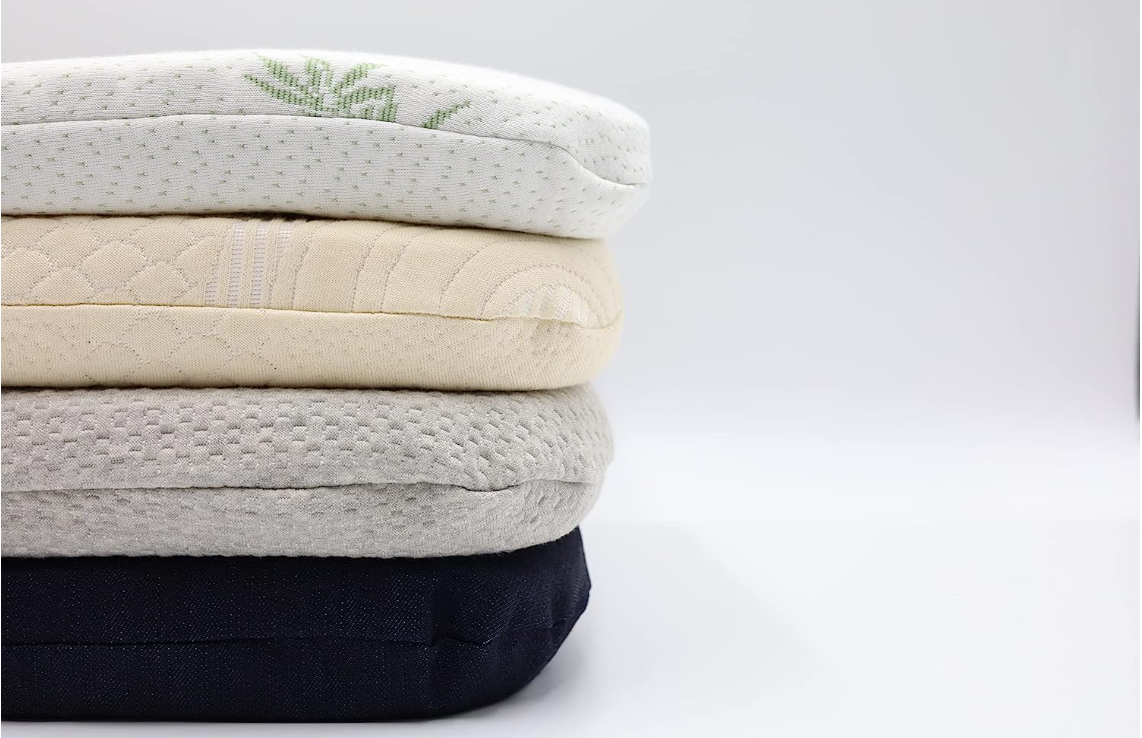
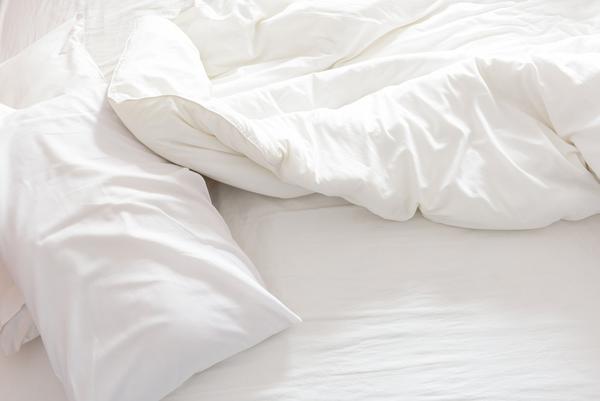
Leave a comment